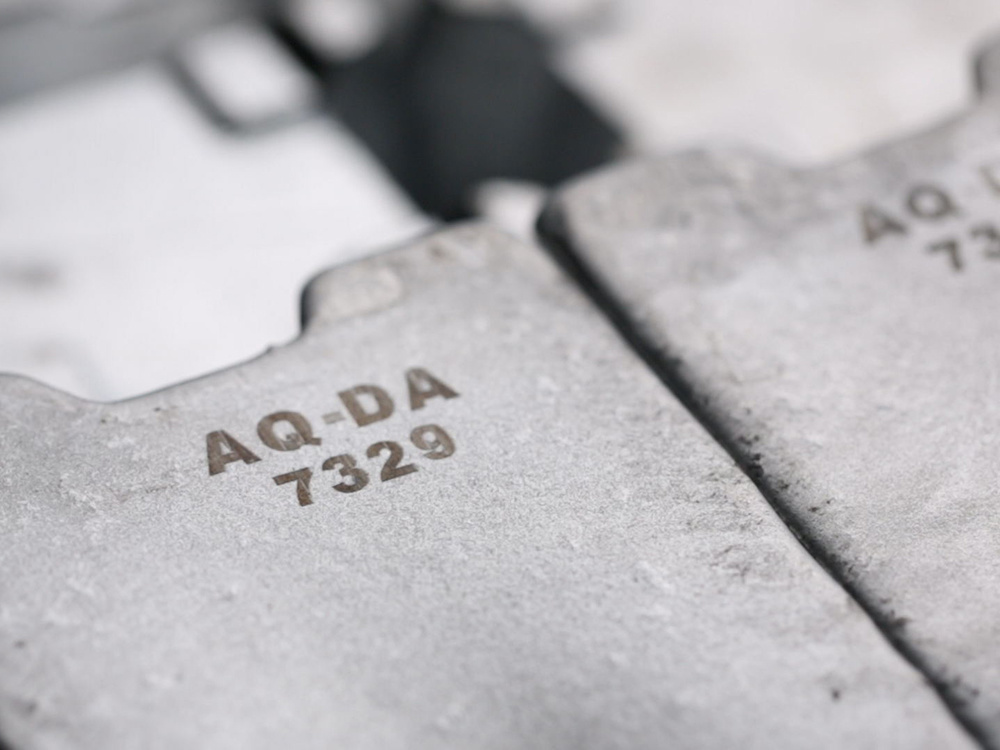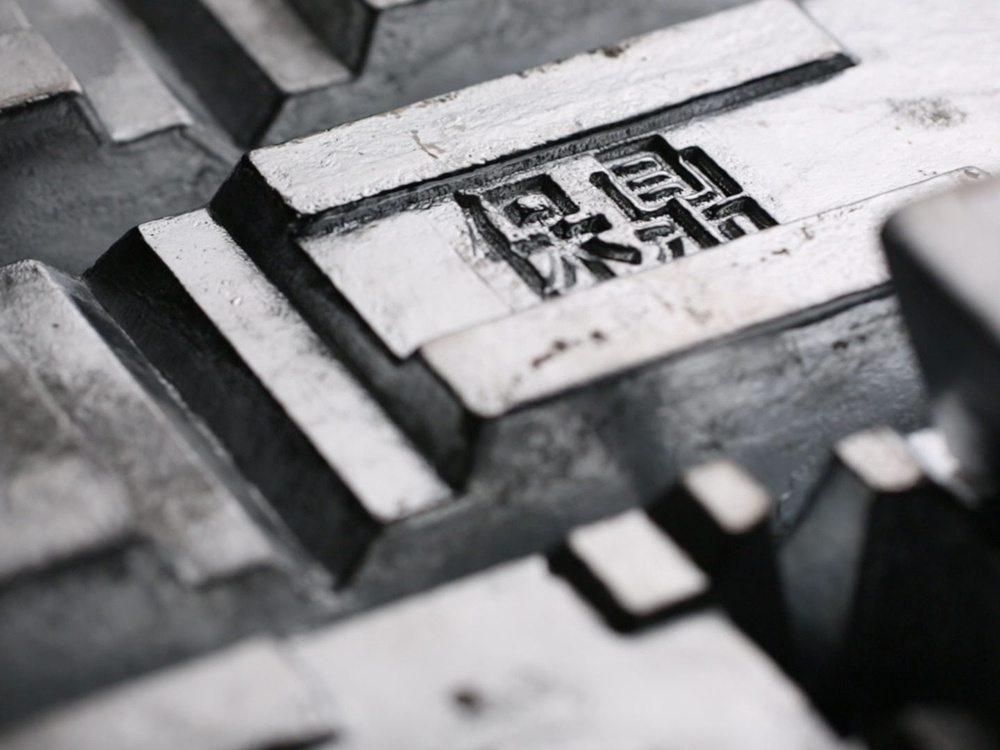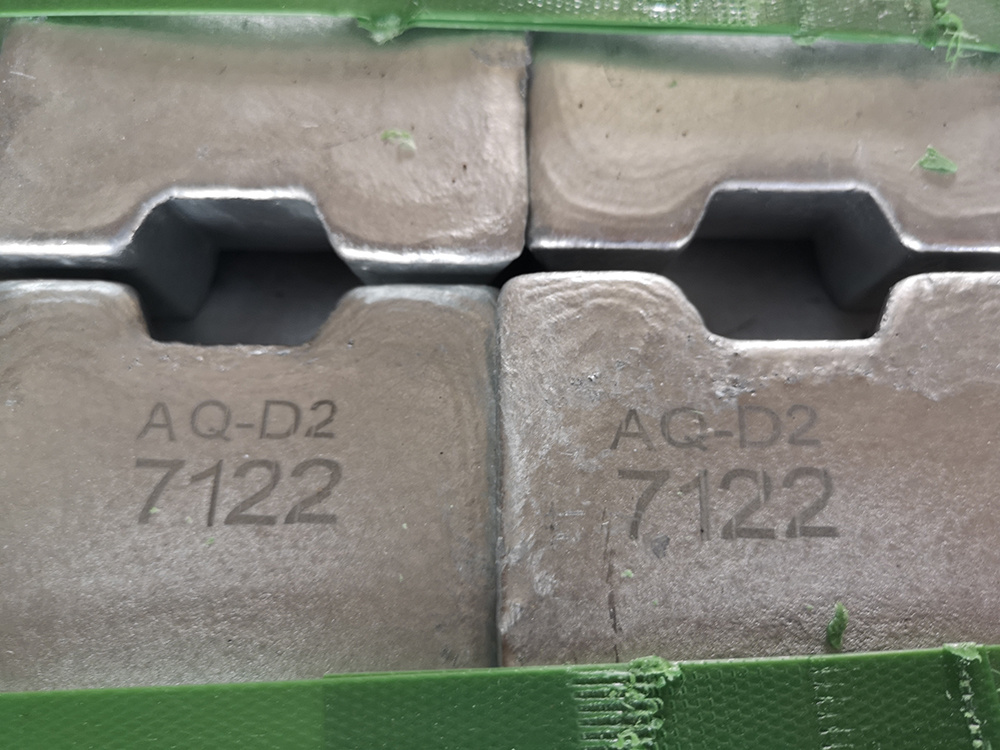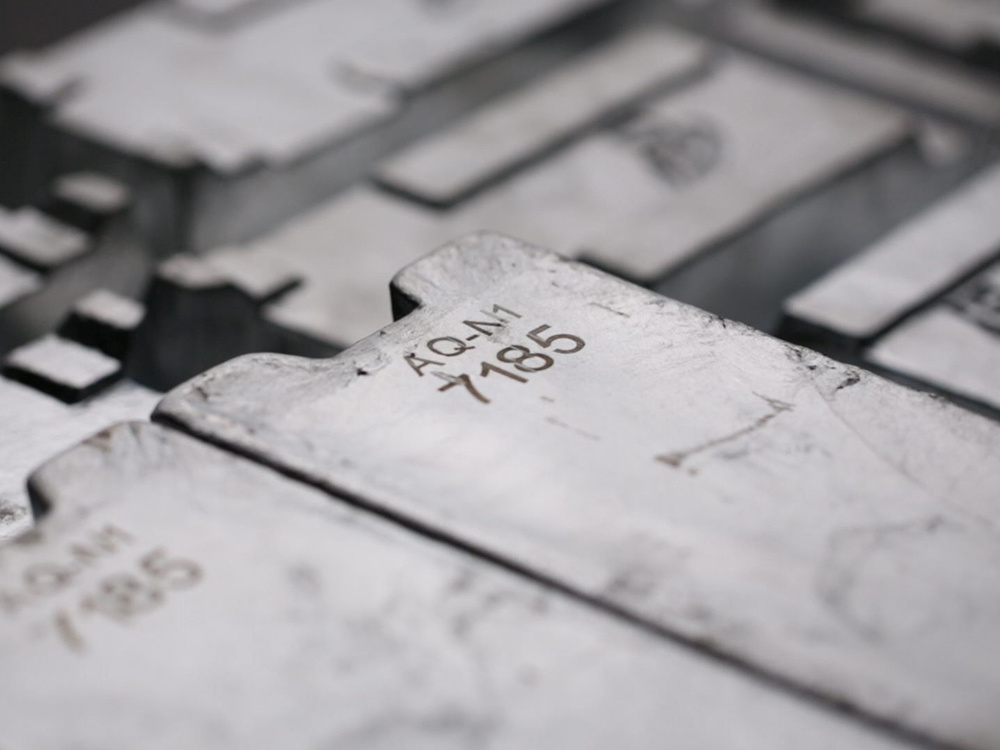Product

New Zinc Bismuth Alloy for Hot Dip Galvanization
- Commodity name: New Zinc Bismuth Alloy for Hot Dip Galvanization
- Commodity ID: 1061237460077207552
New Zinc Bismuth Alloy for Hot Dip Galvanization
Advantages of use
① Adding bismuth to the zinc solution can improve its fluidity, reduce the surface tension of the zinc solution, and enable better recovery of the target surface after immersion plating.
② The bismuth content in the zinc solution has a protective effect on the pot body, extending its service life.
③ Bismuth can reduce the amount of zinc slag generated.
④ The Fe-Zn reaction of Saint Delin steel can be effectively prepared using a zinc solution with a nickel content of 0.04% and a bismuth content of about 0.1% compared to a pure zinc nickel zinc solution.
Usage method
① When using hot-dip galvanized bismuth alloy, the hot-dip galvanizing manufacturer basically does not need to change the conventional hot-dip galvanizing equipment and process. The recommended temperature of the zinc solution is around 440 ℃, and the addition ratio is 0.5kg~1kg of alloy per 1 ton of iron plating. The manufacturer can add 0.5kg~1kg of alloy to the zinc surface according to the alloy added in the zinc pot, and control the alloy element content reasonably.
② The addition method is to stir evenly in the zinc solution and move continuously within the pot to make it uniform as soon as possible until it is fully fused.
Note
① If the alloy is added unevenly, the color of the plated part may appear white. When this phenomenon is found, the alloy can be temporarily added and allowed to dissolve fully before adding.
② For workpieces that are prone to gray and matte coating (such as 16Mn steel), a lower galvanizing temperature (<440 ℃) can be used to minimize the time between galvanizing and water cooling, and the alloy element content in the zinc solution can be appropriately increased.
③ Attention should be paid to controlling the iron content in the plating aid to ensure the quality of the coating and reduce zinc slag.
④ When the handling of special materials is poor, notify our company and we can provide timely service.





